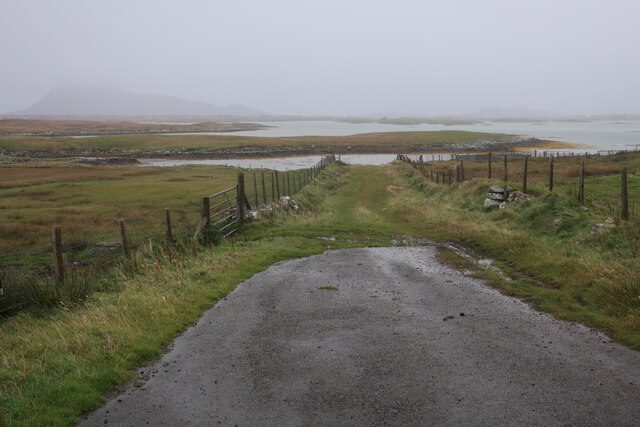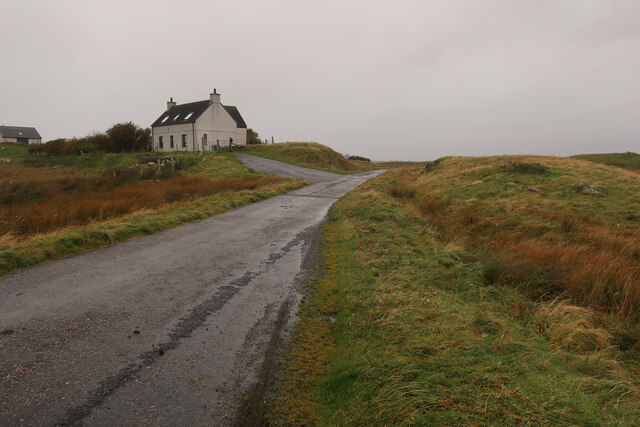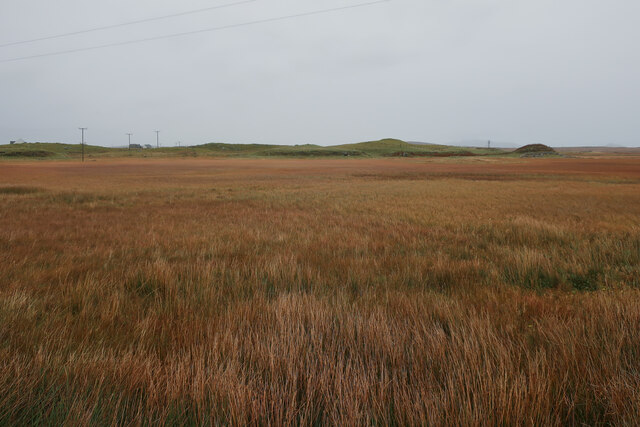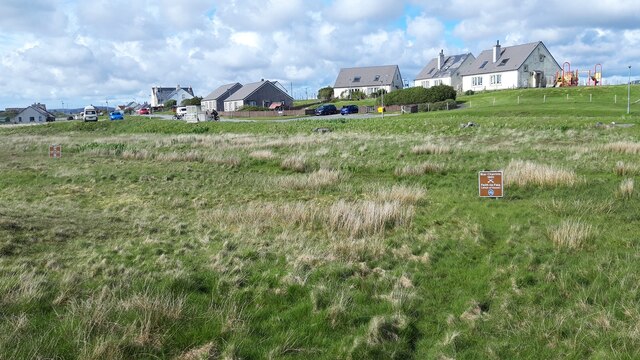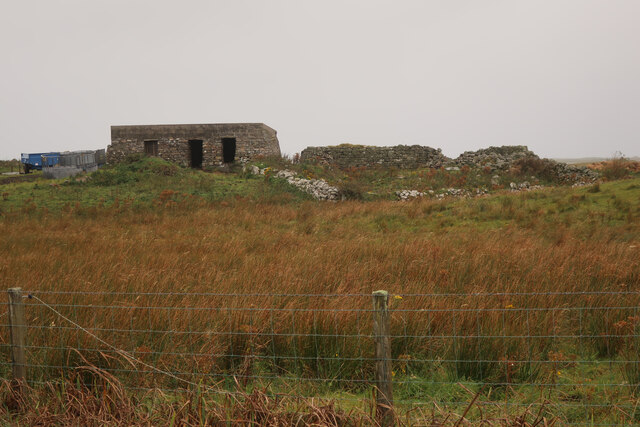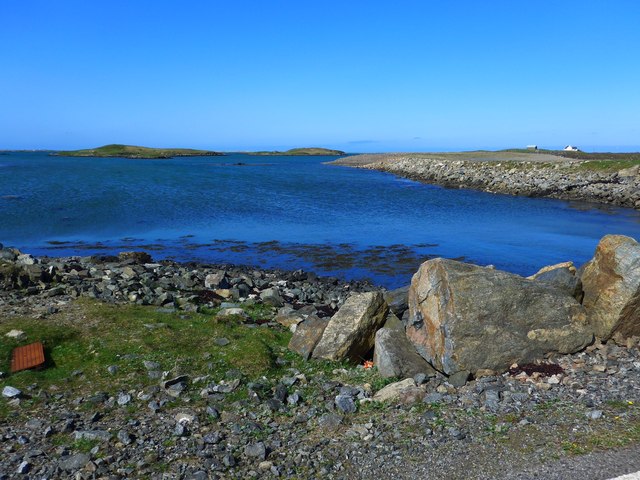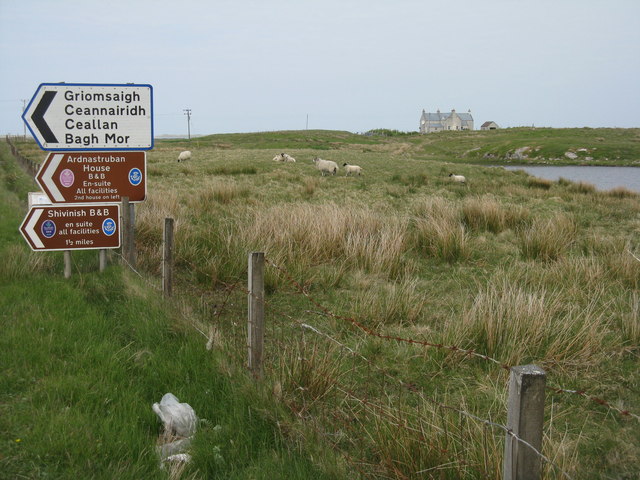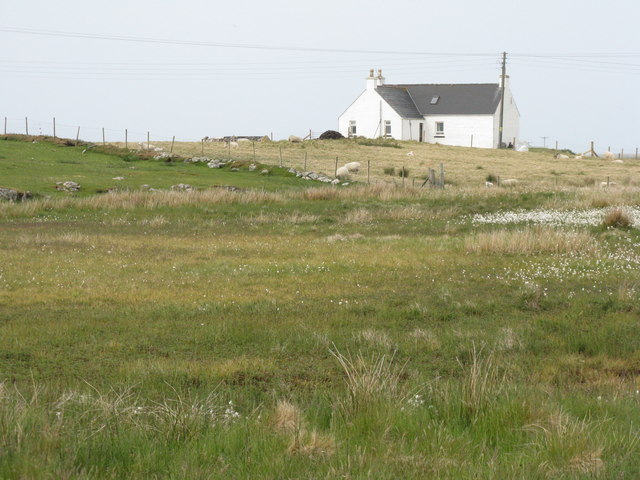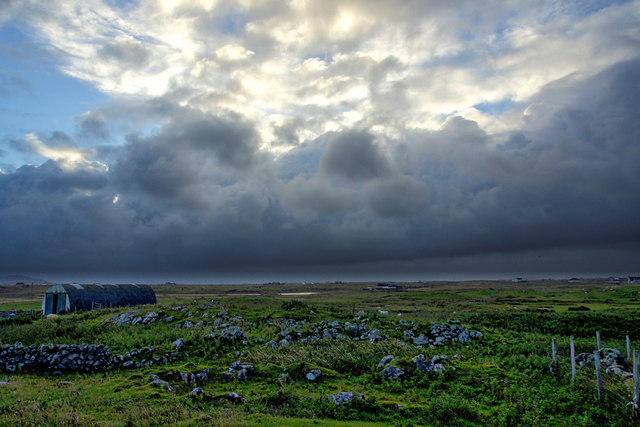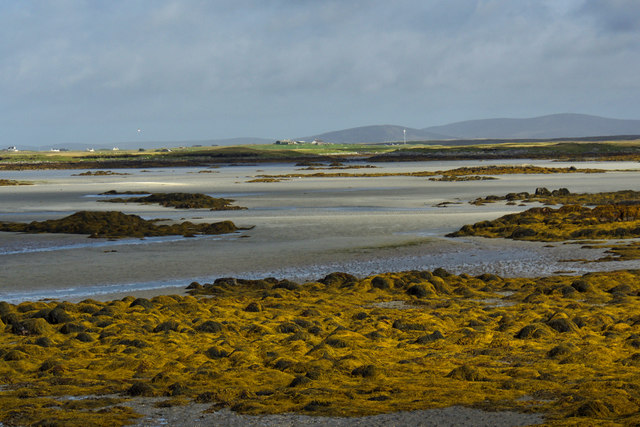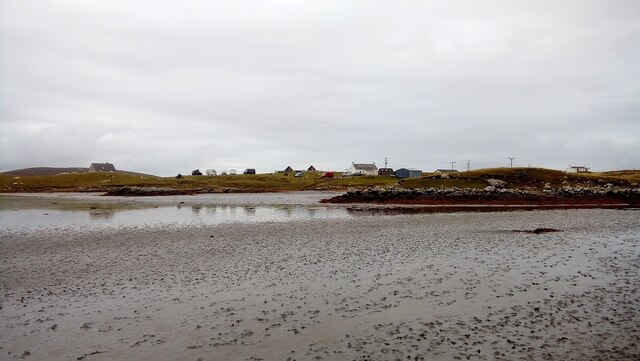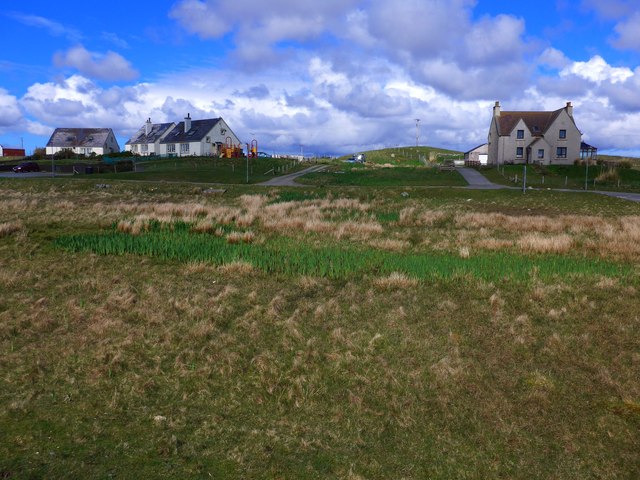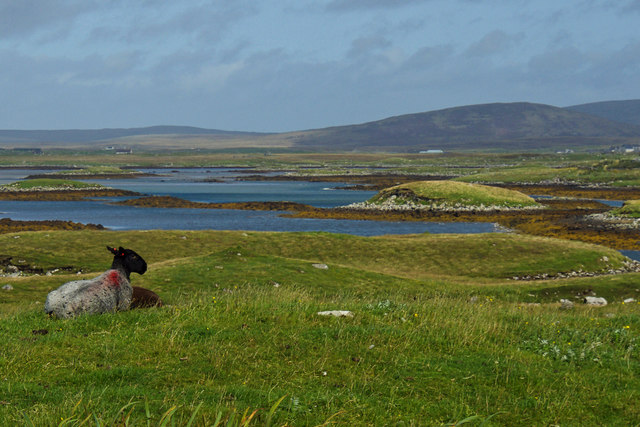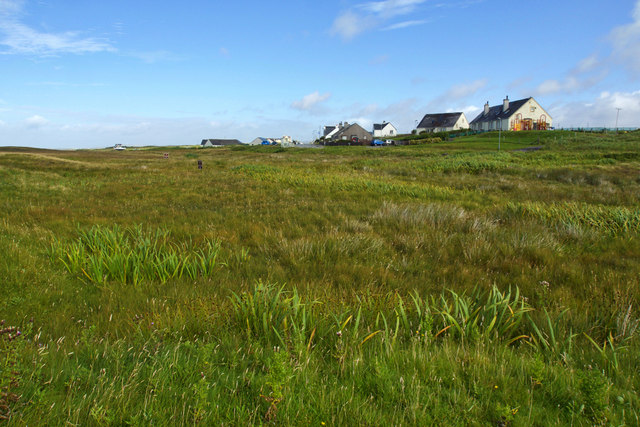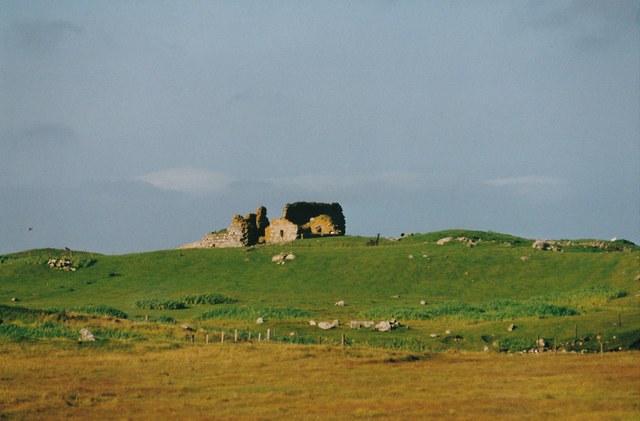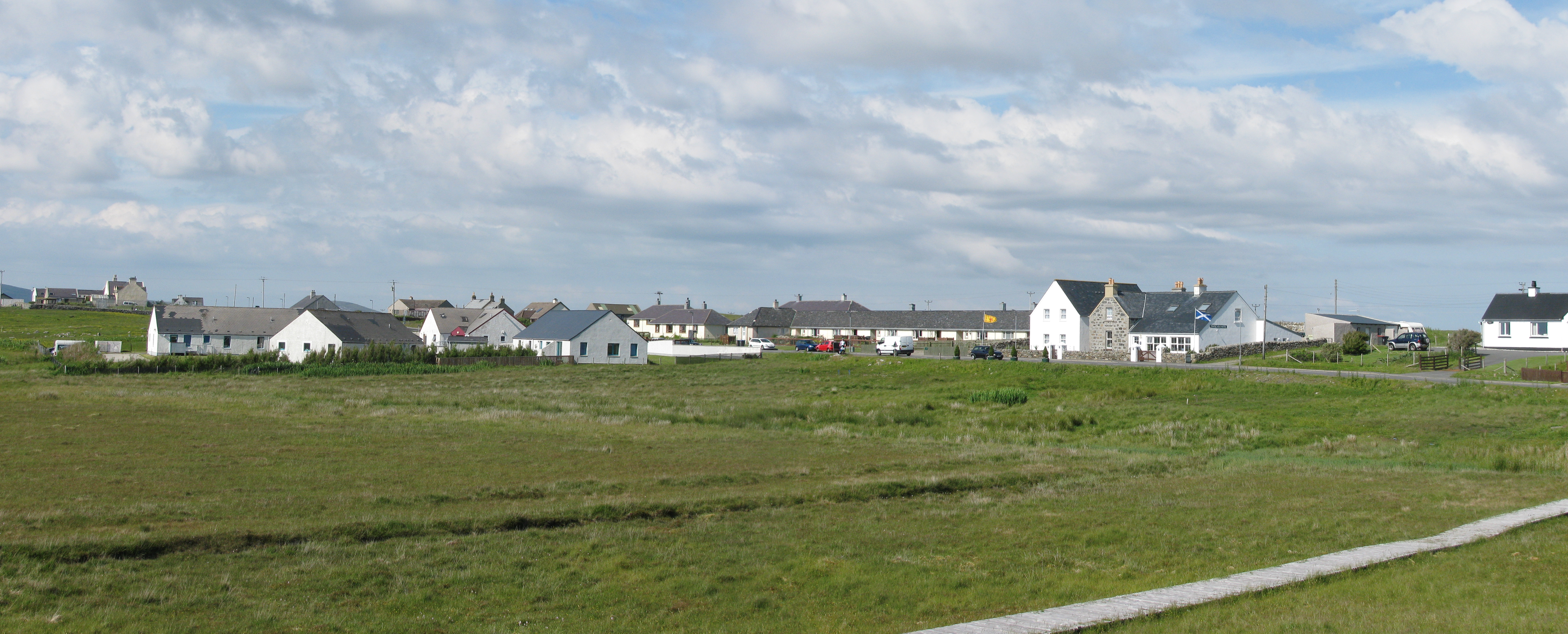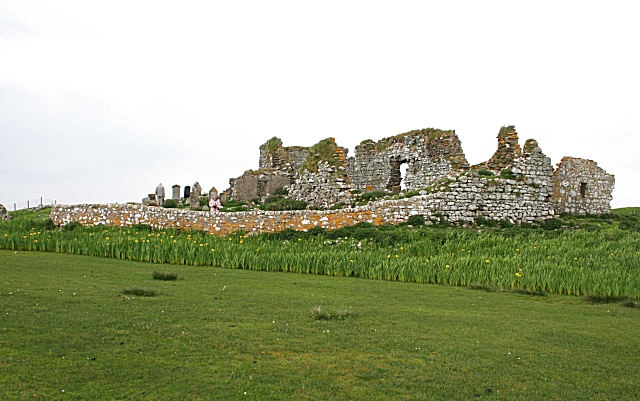Sgeir Ghlas
Island in Inverness-shire
Scotland
Sgeir Ghlas
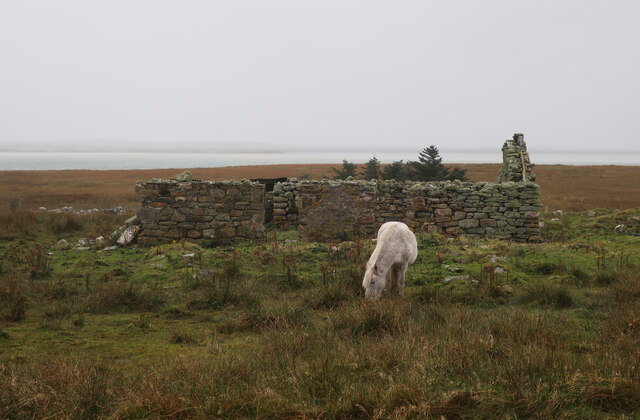
Sgeir Ghlas is a small uninhabited island located off the coast of Inverness-shire, Scotland. Also known as Green Skerry, it is situated in the Inner Moray Firth, about 10 kilometers northeast of Inverness. The island is part of the Scottish Highlands and is accessible only by boat.
With an area of approximately 0.5 hectares, Sgeir Ghlas is a rocky outcrop surrounded by the waters of the North Sea. It is characterized by its rugged and wild landscape, consisting of low-lying vegetation and rocky cliffs. The island is home to a variety of seabirds, including gulls, fulmars, and cormorants, which use the island for nesting and foraging purposes.
While Sgeir Ghlas lacks permanent human residents, it has historical significance. The island is believed to have served as a navigational marker for ships traveling in the Moray Firth for centuries. In addition, it has been marked on nautical charts since the 18th century.
Today, Sgeir Ghlas attracts occasional visitors who are interested in exploring its unique natural beauty. However, due to its remote location and lack of facilities, it is not a popular tourist destination. Nevertheless, its isolation and untouched scenery make it a haven for nature enthusiasts and birdwatchers.
In summary, Sgeir Ghlas is a small, uninhabited island off the coast of Inverness-shire, Scotland. Known for its rugged landscape and abundant seabirds, the island offers a glimpse into the wild beauty of the Scottish Highlands.
If you have any feedback on the listing, please let us know in the comments section below.
Sgeir Ghlas Images
Images are sourced within 2km of 57.508987/-7.2950517 or Grid Reference NF8358. Thanks to Geograph Open Source API. All images are credited.
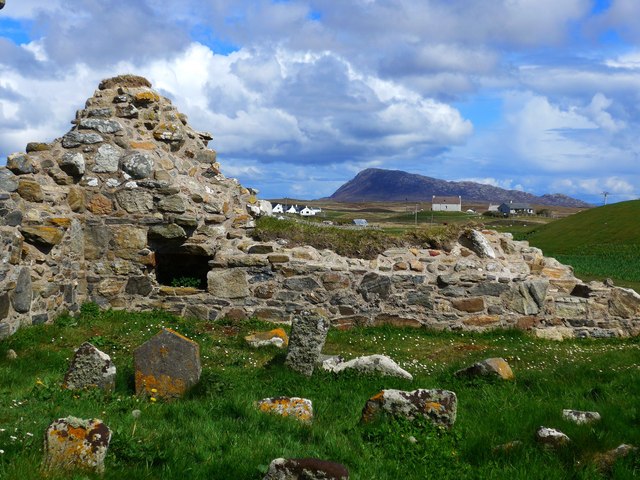
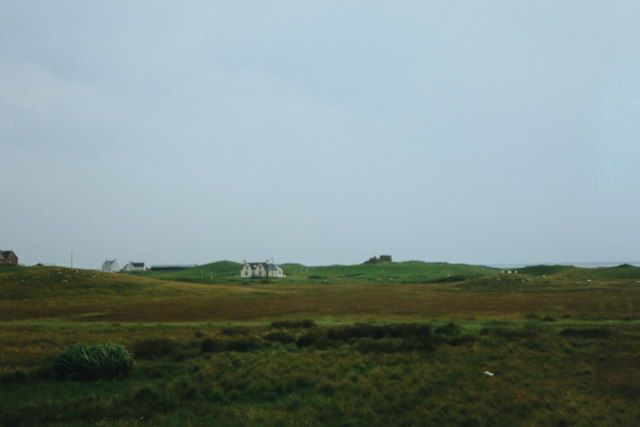
Sgeir Ghlas is located at Grid Ref: NF8358 (Lat: 57.508987, Lng: -7.2950517)
Unitary Authority: Na h-Eileanan an Iar
Police Authority: Highlands and Islands
What 3 Words
///duck.screaming.excusing. Near Balivanich, Na h-Eileanan Siar
Nearby Locations
Related Wikis
Bail' Iochdrach
Bail' Iochdrach or Baliochrach (Scottish Gaelic: Am Baile Ìochdrach) is a village on Benbecula in the Outer Hebrides, Scotland. Baliochrach is within the...
Carinish
Carinish (Scottish Gaelic: Càirinis), is a hamlet on North Uist, in the Outer Hebrides, Scotland. It is in the south of the island, about two miles (three...
Battle of Carinish
The Battle of Carinish was a Scottish clan battle fought in North Uist in 1601. It was part of a year of feuding between Clan MacLeod of Dunvegan and the...
Teampull na Trionaid
Teampull na Trionaid ("trinity church") is a ruined 13th-century Augustinian nunnery at Carinish, on North Uist, in the Outer Hebrides of Scotland. �...
Have you been to Sgeir Ghlas?
Leave your review of Sgeir Ghlas below (or comments, questions and feedback).
